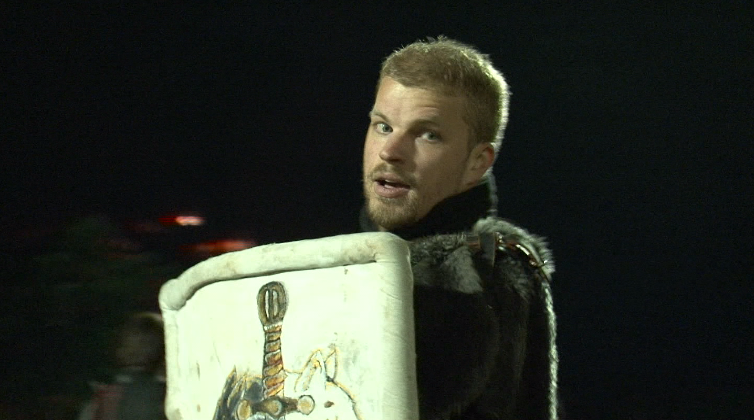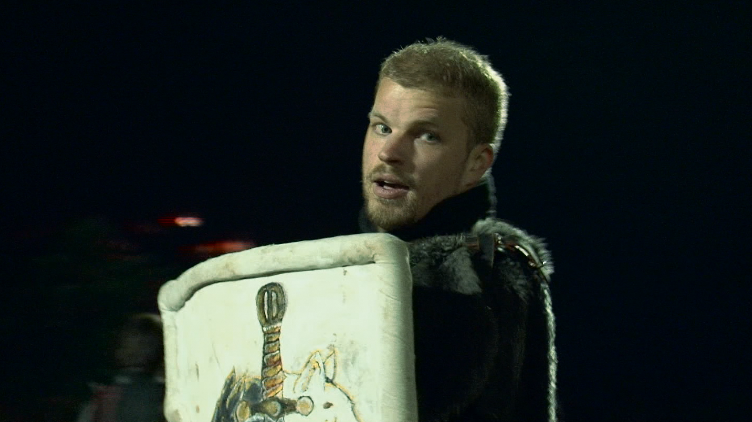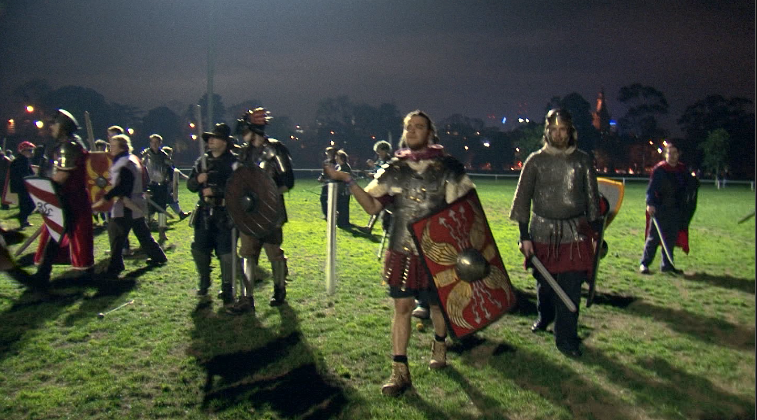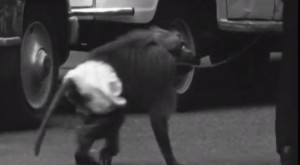Sneakerhead Collective
It was a clever choice to structure the piece to take a comparative approach between Jordan sneaker collectors and luxury sneaker collectors, through this the documentary acted to contrast these types of collectors and then merge them together through their passion. The documentary had some really interesting shots, such as the stop motion of the shoes placed all over the tech guy that conveyed interest through the innovation of depicting the subject. Towards the end of the piece the ideal of money and how much all these shoes cost comes into question, the numbers illustrated on screen with each digit coming up to equal the amount of money these collectors spent together, was a smart way of expressing the attachment and investment of these shoes. The choice of having an American narrator makes what’s being said more familiar because we’re accustomed to it through such things as film, and somehow makes the piece have an entertainment value. The use of locations such as, the graffiti laneway, shoe shops and the Sneaker Freaker swap-meat, display the sense of place these shoes are connected to and the events that take place around them. It was also really interesting how the interviewees spoke about the design behind some of the shoes, like the Buscemi shoes designed after the Hermès’ Birkin bag and the Nike Bacons after a butcher, in doing this the film conveys to the audience how as Christian Louboutin once said, “a shoe has so much more to offer than just to walk.”
Waves
Really well executed documentary that achieved its aesthetic through the variety of scenes to display the subject of water and flowing music to eliciting the ideal that surrounds surfing. Visually the piece is wonderful, the underwater shots paired with the echoing audio you hear when you’re beneath water, it wasn’t the typical sound of splashing water but a more ominous sound you hear personally. There’s one shot where there’s a full circle camera track around of the surfer as he stands on the beach, demonstrating the subject’s insignificance to the water paired with his need to have this place. The piece is driven on the relationship between this surfer and the waves, we always see him with them and somehow we understand he needs them more than they need him. The images make you feel a part of the ocean and surf, and you realise why the participant does this. With the slow motion of waves rolling by as he stands there time seems still, slowly capturing the euphoria of being in a world where nothing matters more than catching the next wave before it passes by.
Black Cat
A documentary is well executed when it allows the viewer to question themselves, and this is exactly what I did after watching Black Cat. I’m not overly superstitious but some things you just don’t do because of reoccurring sayings around them, and the documentary helped to illustrate the extent to which these superstitions can govern your life. The opening credits were really well done, the muttering of quotes accompanied by on screen text foreshadowing the superstitions covered in the documentary, and then the cat walking up which is frozen upon when the main title appears. It was really well polished and created the necessary supernatural hint to begin the piece. The use of archive footage was really well done, such as the scenes of the Grand Final and audio of commentators, furthering this supernatural effect that is based around superstition. The variety of participants helping to broaden the understanding of all the different people that experience superstition, acting to display all these for the audience so that they can begin to question their own beliefs.
Theanna
I loved that the whole documentary was in Greek and you used subtitles to translate it for the audience, it made us understand your grandma’s story through the language barrier. This also permitted more concentration from the viewer as you have to read as well as watch allowing more of a chance to get submerged in what’s going on. Therefore, we see and understand her hardship of losing her husband, but also the joy that he allowed to be passed onto the generations. I think how you displayed the journey of being told these stories, showing the moments where you open the dusty trunk housing all the letters and opening the unopened card, and then choosing to appropriate this structure to cooking was smart. The fact that she found an unopened letter and read it to us was poignant as her emotion was so raw and there’s nothing more compelling than documenting that for the audience to experience on screen. I also found the crunching as she cuts up the pastry with scissors a great sound motif, with food being something that represents heritage and brings together family. The technique of allowing the last words on screen to stay until the black screen and then fade off made the last sentence resonate nicely; it was a perfect ending to a love story that wouldn’t happen the same way today.
Cactus
Cactus is a prime example of how sometimes just having an excellent subject can make the documentary. The man reminded me of one of the first Film-TV2 lectures when we were shown a clip from an Errol Morris’ documentary of a man with turtles, I didn’t really know why he was showing us the turtles but everything he had to say about them was so compelling when place on screen. Cactus shows the world of the subject, placing us in his planting yard and at his cactus events, allowing us to see his passion for cacti through each little pot he plants. That opening shot where he stands with the magnifying glasses picking at the cactus stem was brilliant, almost like he was performing an operation on the plant. He has such great dialogue, such as when he talks about illegal importing the cacti through customs, which makes it easy to listen to anything he says. The only criticism, is perhaps the garden background noises is a little loud when he’s sitting at the table as it’s hard to hear what he’s saying, but honestly I overlooked this when I saw the magnificent pompom hat.
Forbidden Xanadu
It’s arguable to say that without an audience there isn’t art, as sometimes it’s the undiscovered art that can create the audience. Forbidden Xanadu acts to contrast the busy graffiti laneways of Melbourne to the deserted train yard of the outer city suburbs, that at the beginning of the piece you wouldn’t expect it to do. Through this the documentary contextualises the art of graffiti without an audience, something that’s so much more beautiful than the popular wall murals of the city streets. The audience is shown graffiti culture through the images with the aid of narration, viewing the polished world of graffiti we see every day in our streets and the one where people live through giving life to things left behind. The beginning of the documentary depicts Melbourne’s street acceptance of graffiti in designated laneways, for example there’s a man with spray paint cans out in broad daylight as people walk past, these shots being quite cool in colour. This coolness is then contrasted in the railway yard, with shots like the heat rising from the railway tracks and the rust of the carriages. The audio throughout the documentary makes the piece more self-reflexive as it documents the filmmakers experience with seeing the deserted train yard, we are there as he climbs up the ladder to the top of carriage and looks down on this world, making us appreciate this as a form of undiscovered art.











